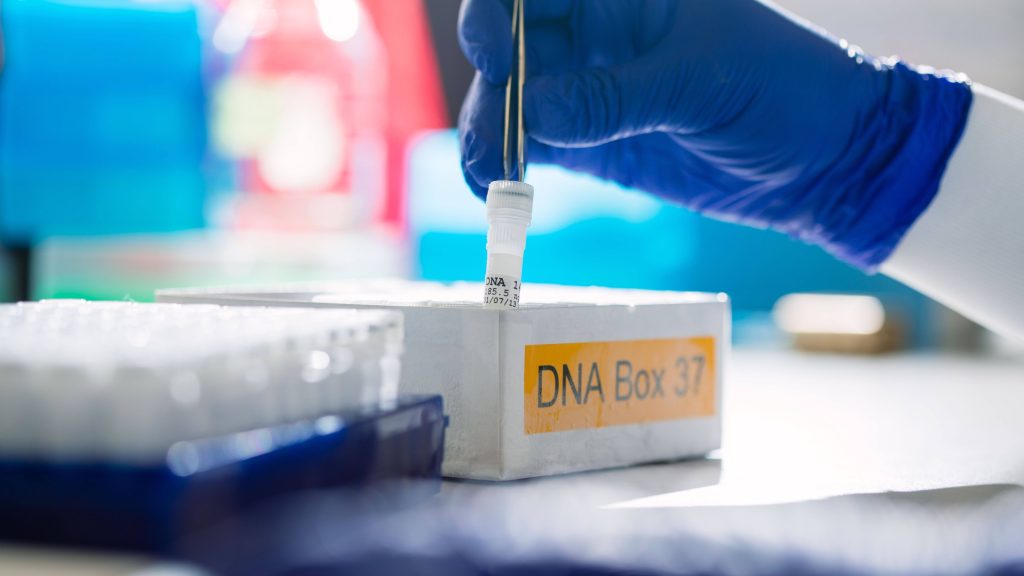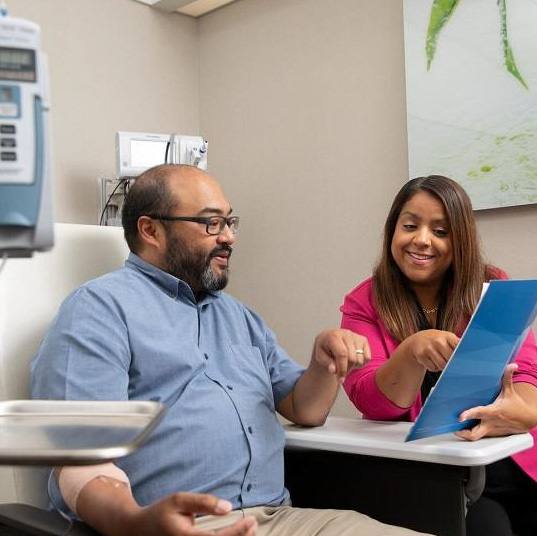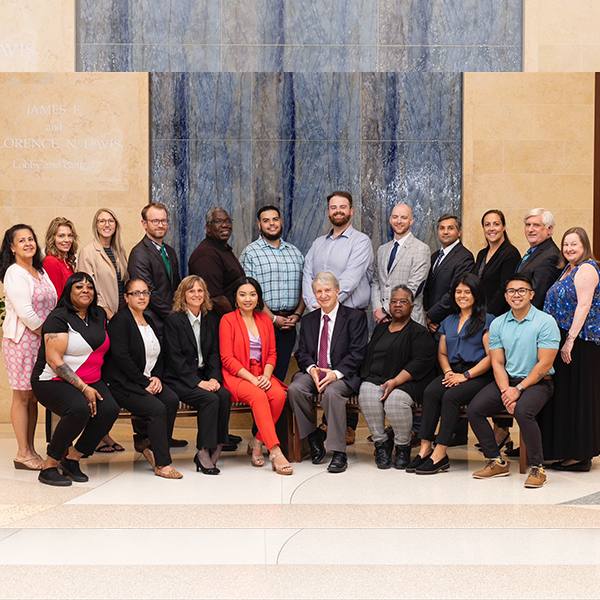-
Clinical Trials
Science Saturday: What happens in medical research before clinical trials begin?

When scientific advances burst into the news, such as a new medication to treat COVID-19 or a new concept like CRISPR for gene editing, people get a glimpse of how a scientific idea becomes a treatment or a tool.
But what's the full story?
Where did that idea come from? What happens in the research lab before clinical trials begin? How is scientific discovery transformed into a potential therapy that is ready to be tested in trials with human participants?
Get these answers and more by watching "The Discovery Science Journey" to learn in three minutes:
- How the process starts in the lab with discovery science, where researchers ask fundamental questions, such as, "What changes in a cell lead to cancer?"
- What happens next, as researchers team up to combine their knowledge and speed up the pace of discovery.
- How researchers navigate the regulations that safeguard the health of clinical trial participants and prepare a discovery to enter clinical trials.
The process of scientific discovery can be a long, exciting journey. But even when a discovery doesn't lead to a therapy — or doesn't lead there yet — research teams often uncover valuable information: new knowledge to advance the science of medicine.
When a discovery is ready, the next step is clinical trials. With human participants, clinical trials test whether a medical intervention, such as a drug, device or medical procedure, should move into patient care.
Watch this companion video, "The Clinical Trial Journey," to learn more about how clinical trials work.
— Caitlin Doran, May 16, 2022







